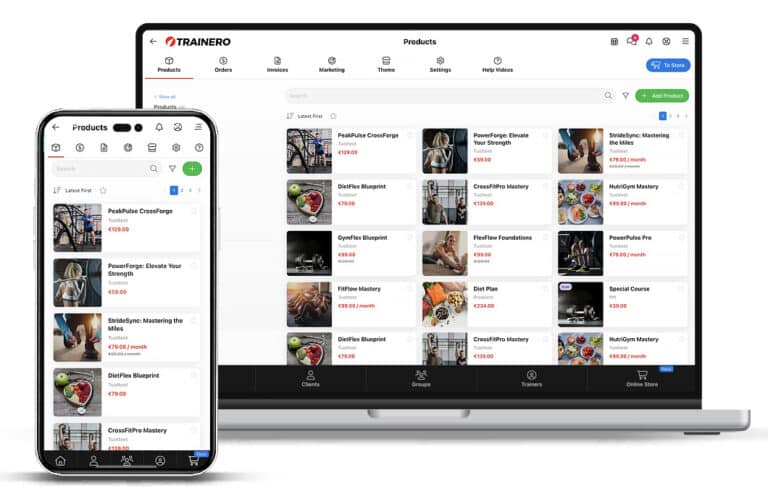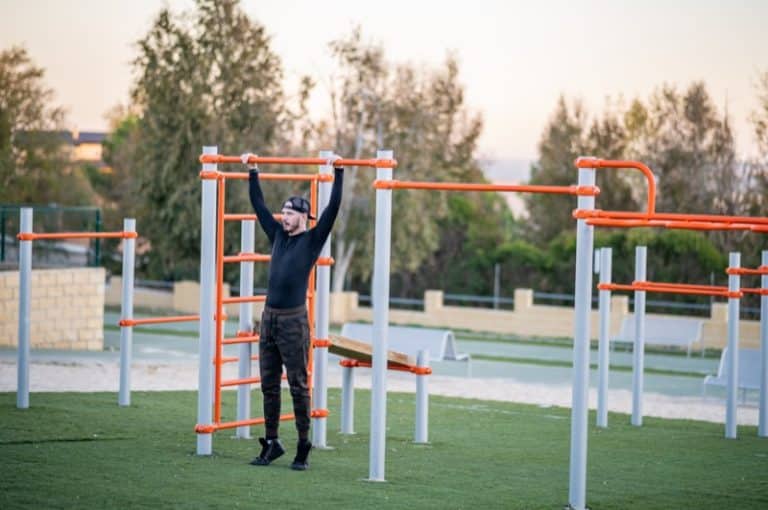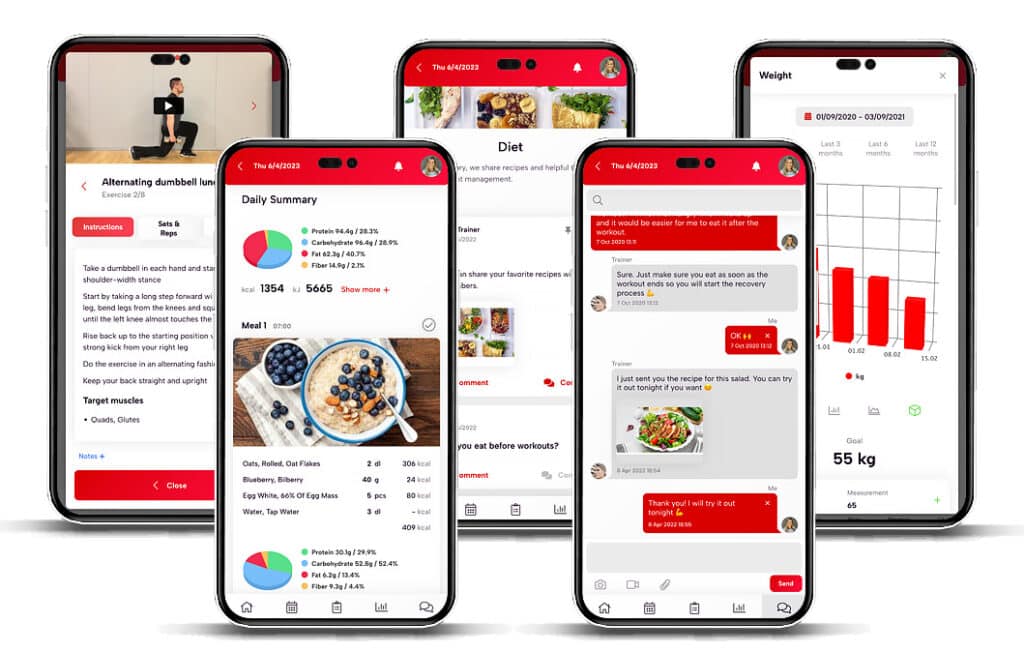Local SEO Tricks for Personal Trainers & Gyms: Get More Clients
In a highly competitive fitness industry, personal trainers and gyms need to stand out to attract potential clients. Local SEO is an essential tool that can help fitness professionals enhance their online presence and improve their visibility in search results. This article will explore effective local SEO strategies tailored specifically for personal trainers and gyms, ensuring that they reach their target audience and grow their client base.
What is Local SEO and Why is it Important for Personal Trainers and Gyms?
Understanding Local SEO Basics
Local SEO, or local search engine optimization, is a subset of SEO focused on optimizing a business’s online presence to attract more clients from relevant local searches. For personal trainers and gyms, local SEO is crucial because individuals often search for fitness services in their vicinity. By implementing effective local SEO strategies, fitness businesses can increase their chances of appearing in search results when potential clients look for personal training or gym services nearby. This involves various tactics, including keyword optimization, Google My Business profile creation, and local citations.

Unlock your fitness potential with Trainero! Get a 14-day free trial and access personalized workout plans, expert coaching, and progress tracking—all in one app. No commitments, just results. Start your free trial today and take your fitness journey to the next level!

How Local SEO Affects Your Online Presence
The impact of local SEO on a personal trainer or gym’s online presence cannot be overstated. When optimized correctly, a personal training website can climb the rankings in search engine results, making it easier for potential clients to discover the services offered. By focusing on local keywords and optimizing content for local search, personal trainers and gyms can engage with their community more effectively. This localized approach not only boosts visibility but also fosters trust and credibility among potential clients, ultimately enhancing the business’s reputation in the fitness industry.
Benefits of Local SEO for Personal Trainers
Investing in local SEO offers numerous benefits for personal trainers and gyms. First and foremost, it drives targeted traffic to their websites, leading to increased inquiries and conversions. With a well-optimized personal trainer website, fitness professionals can showcase their services, training sessions, and client testimonials, making it easier for potential clients to make informed decisions. Furthermore, local SEO helps in building brand awareness within the community, which can result in more referrals and word-of-mouth recommendations. Overall, implementing local SEO strategies can significantly enhance the growth potential of personal trainers and gyms.
How to Optimize Your Website for Local SEO as a Personal Trainer?
Essential Website Content for Personal Trainers
Creating essential website content is the cornerstone of optimizing a personal trainer’s online presence. The content should clearly articulate the services offered, such as one-on-one training sessions, group classes, and personalized fitness plans. Additionally, including localized information—such as the business location, contact details, and specific fitness goals that the trainer can help clients achieve—can improve the relevance of the website for local searches. By addressing the needs and interests of the target audience, personal trainers can ensure their website serves as an effective marketing tool.
Using Keywords Effectively in Your Content
Keywords play a vital role in search engine optimization, particularly for local SEO. Personal trainers should conduct thorough keyword research to identify local keywords relevant to their fitness business. For instance, terms like “personal trainer in [city name]” or “gym near me” can help attract local clients actively seeking services. Incorporating these keywords naturally throughout the website content, including headings, meta descriptions, and image alt texts, can significantly improve search engine rankings and visibility. By effectively using keywords, personal trainers can enhance their chances of being found by potential clients searching for fitness solutions in their area.
Optimizing Your Website for Local Search
Optimizing a personal trainer’s website for local search involves several tactical approaches. First, the website should be mobile-friendly, as many users search for fitness services on their smartphones. Additionally, implementing local schema markup can help search engines better understand the business’s location and services, enhancing the chances of appearing in local search results. Ensuring that the website loads quickly and provides a seamless user experience is equally important, as these factors influence search rankings. By focusing on these optimization efforts, personal trainers can improve their website’s visibility and attract more local clients.
What Role Does Google My Business Play in Local SEO for Personal Trainers?
Setting Up Your Google My Business Account
Google My Business (GMB) is a powerful tool that can significantly enhance local SEO for personal trainers and gyms. Setting up a Google My Business account is a crucial step in optimizing online visibility. Personal trainers should ensure that their GMB profile includes accurate and up-to-date information, such as the business name, address, phone number, and website link. Additionally, selecting the appropriate business category—such as “personal trainer” or “gym”—is essential for targeting the right audience. By taking the time to set up their GMB account correctly, trainers can improve their chances of appearing on Google Maps and local search results.
Optimizing Your Business Profile for Better Visibility
Once the Google My Business account is established, optimizing the business profile is key to improving visibility. Personal trainers should regularly update their GMB profile with engaging images, client testimonials, and relevant posts about upcoming training sessions or promotions. Encouraging satisfied clients to leave positive reviews can also boost the business’s credibility and ranking on Google. A well-optimized GMB profile not only enhances visibility in local search but also fosters client engagement, making it easier for potential clients to connect with the trainer.
Leveraging Google My Business for Client Engagement
Google My Business provides personal trainers with various features that can be leveraged for client engagement. Through GMB, trainers can post updates, respond to client inquiries, and share special offers, all of which can help maintain a connection with current and potential clients. By actively engaging with users on their GMB profile, personal trainers can build a community around their fitness business, encouraging more individuals to trust their services. This engagement can lead to increased foot traffic to the gym or higher conversion rates for online personal training sessions.
What are the Best Local SEO Strategies for Gyms and Personal Trainers?
Creating Local Citations for Your Fitness Business
Local citations are mentions of a business’s name, address, and phone number (NAP) on various online directories. For personal trainers and gyms, creating local citations across reputable directories can significantly improve local SEO rankings. This includes submitting the business information to platforms such as Yelp, Yellow Pages, and fitness directories. Consistency is crucial; ensuring that the NAP information is identical across all platforms helps establish credibility and enhances search engine trust. By focusing on local citations, personal trainers can increase their visibility and attract more clients in their area.
Using Local Keywords to Improve Ranking
Incorporating local keywords into content is a critical strategy for improving search rankings. Personal trainers should focus on phrases that include their service area, such as “best personal trainer in [neighborhood]” or “local gym for fitness classes.” By strategically placing these local keywords throughout their website, blog posts, and GMB profile, trainers can enhance their chances of ranking higher in local search results. This targeted approach not only attracts more local traffic but also connects personal trainers with individuals who are actively looking for their services.
Implementing Email Marketing for Local SEO
Email marketing can be an effective component of a local SEO strategy for personal trainers and gyms. By building an email list of clients and leads, trainers can regularly share valuable content, promotions, and training tips tailored to their audience. Incorporating localized content, such as community events or local fitness challenges, can further engage recipients and encourage them to visit the gym or sign up for training sessions. Additionally, email marketing can serve as a reminder for clients to leave reviews on Google My Business, enhancing the business’s online reputation and visibility.
How Can Blog Posts and Content Marketing Enhance Your Local SEO?
Choosing Topics that Attract Potential Clients
Blogging is an excellent way for personal trainers and gyms to enhance their local SEO efforts. By choosing topics that resonate with potential clients—such as workout tips, nutrition advice, or local events—trainers can create valuable content that drives traffic to their website. This content not only establishes the trainer’s expertise but also provides opportunities for incorporating local keywords, further improving search rankings. By strategically selecting topics that align with the interests of their target audience, personal trainers can effectively draw in potential clients looking for fitness solutions.
Incorporating Local SEO Keywords in Blog Posts
When creating blog posts, incorporating local SEO keywords is essential for maximizing visibility. Personal trainers should seamlessly integrate local keywords into their blog content, ensuring that it remains natural and informative. This approach helps search engines index the blog correctly while making it more appealing to readers. For instance, a blog post titled “Top 5 Fitness Tips for Residents of [City]” not only captures the interest of local readers but also enhances the post’s relevance in search results, driving more traffic to the trainer’s website.
Promoting Your Blog Content for Maximum Reach
Lastly, promoting blog content is vital for maximizing its reach and impact. Personal trainers can utilize social media marketing to share blog posts, driving traffic back to their website and increasing engagement. Additionally, collaborating with local influencers or fitness communities can help expand the reach of the content. By actively promoting blog posts and sharing valuable insights, personal trainers can establish themselves as thought leaders in the fitness community, ultimately attracting more clients to their personal training services.










